 Mena Street Scene
Mena Street Scene
Entry Category: Counties, Cities, and Towns - Starting with M
 Mena Street Scene
Mena Street Scene
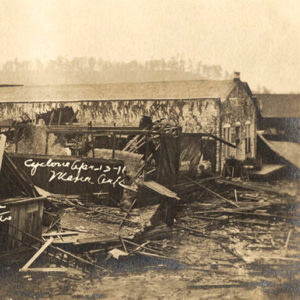 Mena Tornado
Mena Tornado
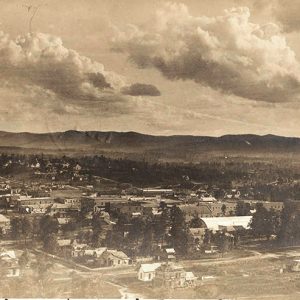 Mena View
Mena View
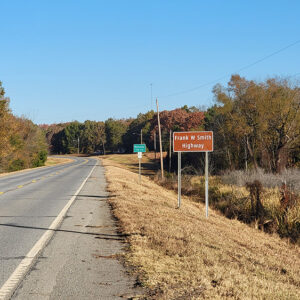 Entering Menifee
Entering Menifee
Menifee (Conway County)
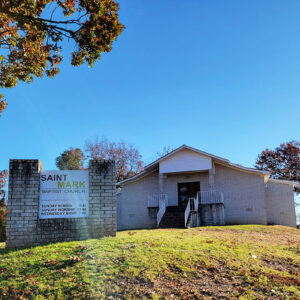 Menifee Church
Menifee Church
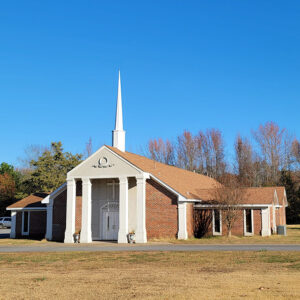 Menifee Church
Menifee Church
 Menifee High School Gymnasium (Rear view)
Menifee High School Gymnasium (Rear view)
 Menifee Park
Menifee Park
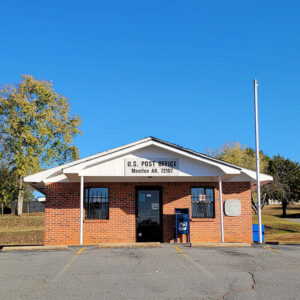 Menifee Post Office
Menifee Post Office
 Menifee Street View
Menifee Street View
 Menifee Town Hall
Menifee Town Hall
 Menifee Water Towers
Menifee Water Towers
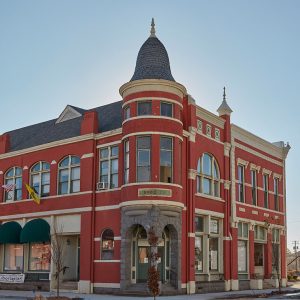 Merchants and Planters Bank
Merchants and Planters Bank
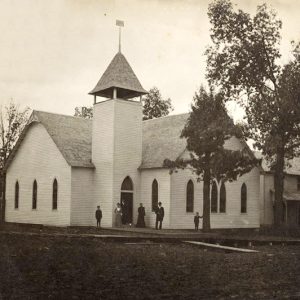 Methodist Episcopal Church
Methodist Episcopal Church
 Methodist Orphanage
Methodist Orphanage
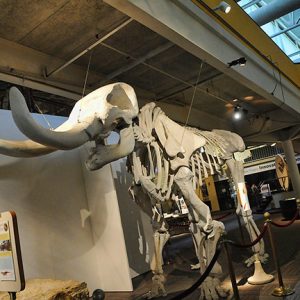 Mid-America Science Museum
Mid-America Science Museum
Midland (Sebastian County)
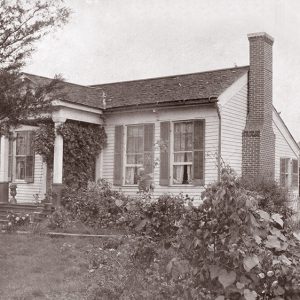 Midland Holm
Midland Holm
 Midland School District
Midland School District
Midway (Clark County)
Midway (Hot Spring County)
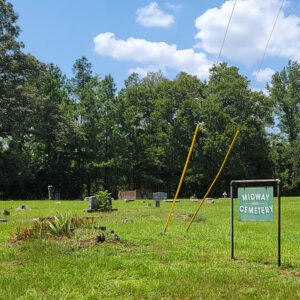 Midway Cemetery
Midway Cemetery
 Midway Cemetery
Midway Cemetery
 Midway Church
Midway Church
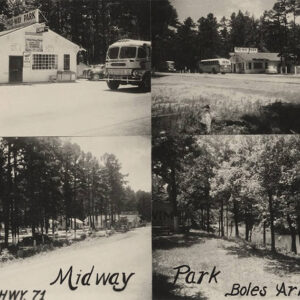 Midway Park
Midway Park
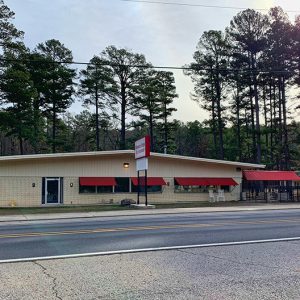 Midway Park Cafe
Midway Park Cafe
 Midway Park Gas Station
Midway Park Gas Station
 Mike Freeze WMA
Mike Freeze WMA
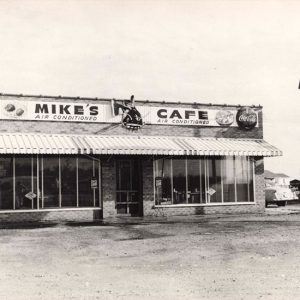 Mike's Cafe
Mike's Cafe
Miller County
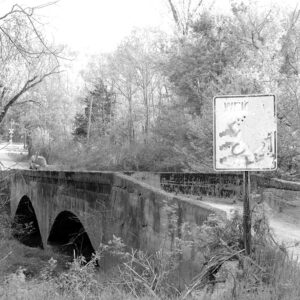 Miller Creek Bridge
Miller Creek Bridge
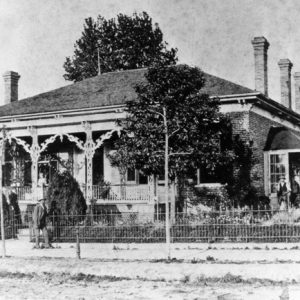 Charles Miller House
Charles Miller House
Miller’s Bluff (Ouachita County)
Milligan Ridge (Mississippi County)
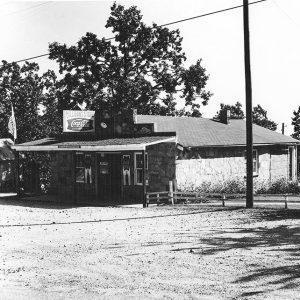 Milligan's Store
Milligan's Store
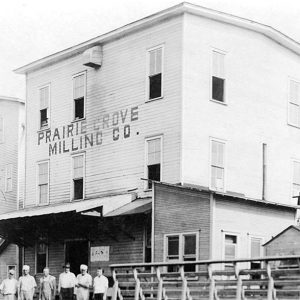 Milling Company
Milling Company
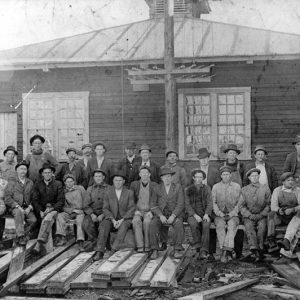 Millville Sawmill
Millville Sawmill
Mineral Springs (Howard County)
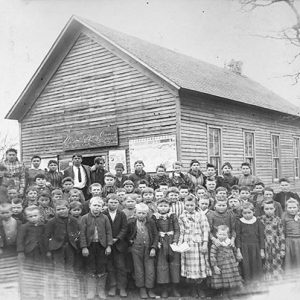 Mineral Springs Academy
Mineral Springs Academy
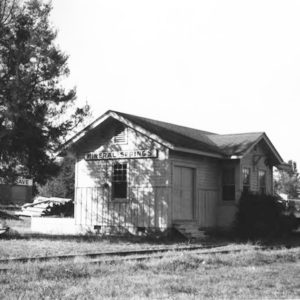 Mineral Springs Depot
Mineral Springs Depot
Minturn (Lawrence County)
 Miss Laura's Social Club Costume Room
Miss Laura's Social Club Costume Room
 Miss Laura's Social Club before Restoration
Miss Laura's Social Club before Restoration
Mississippi County
 M&NA Engine at Kensett
M&NA Engine at Kensett
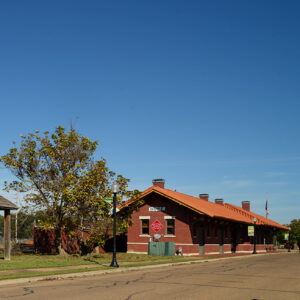 Missouri Pacific Depot
Missouri Pacific Depot
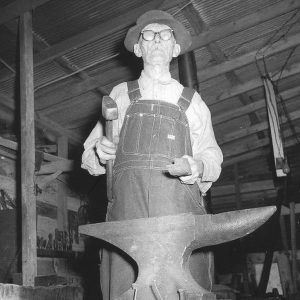 Luke Mitchell
Luke Mitchell
Mitchellville (Desha County)
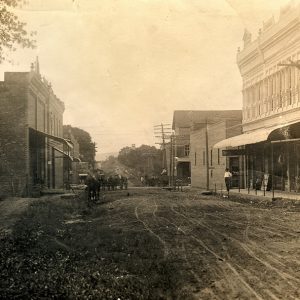 Mock Street
Mock Street




